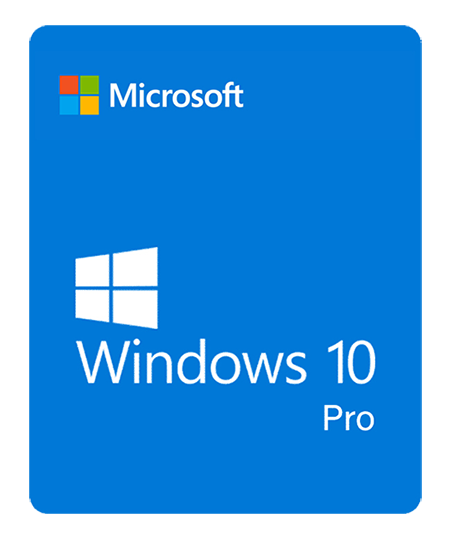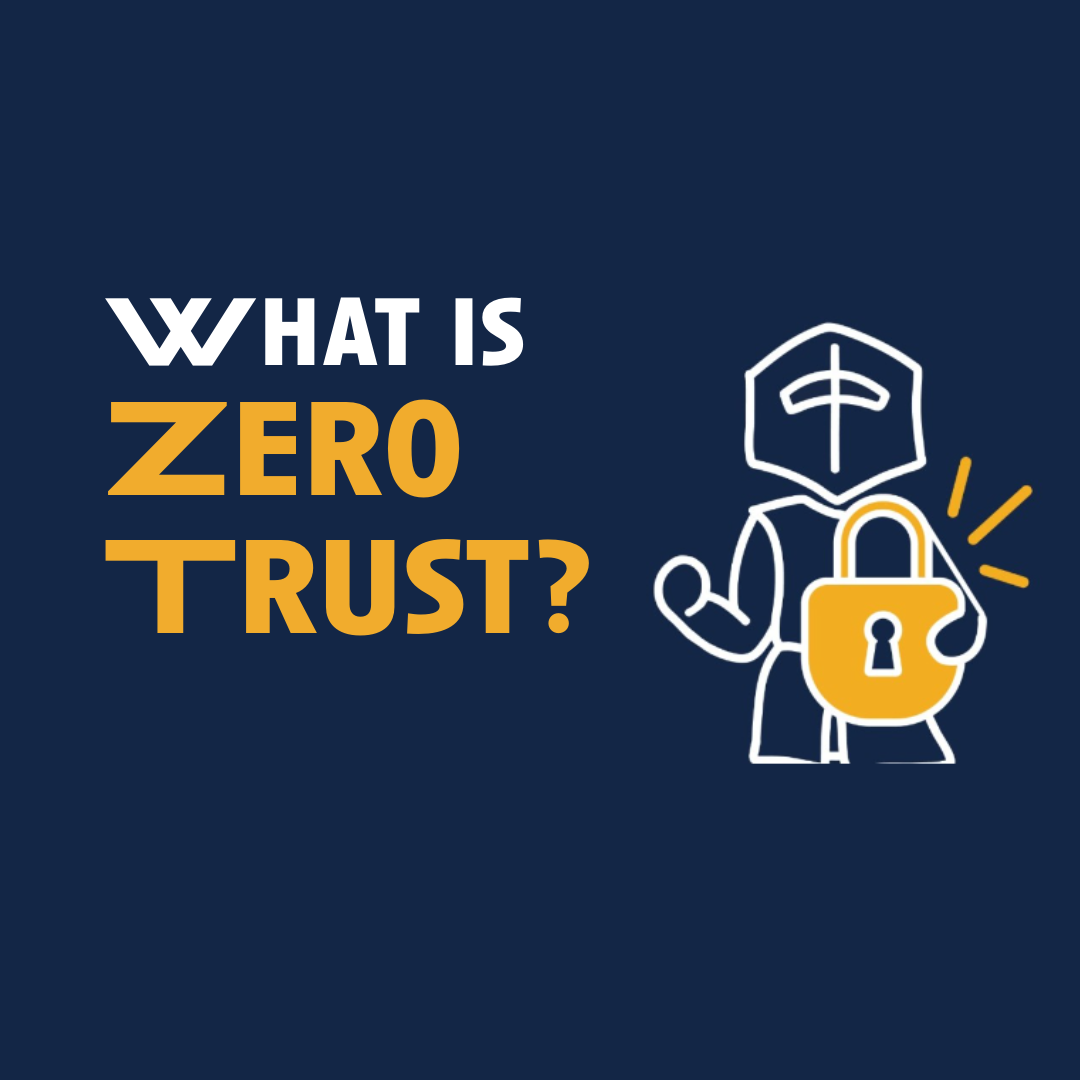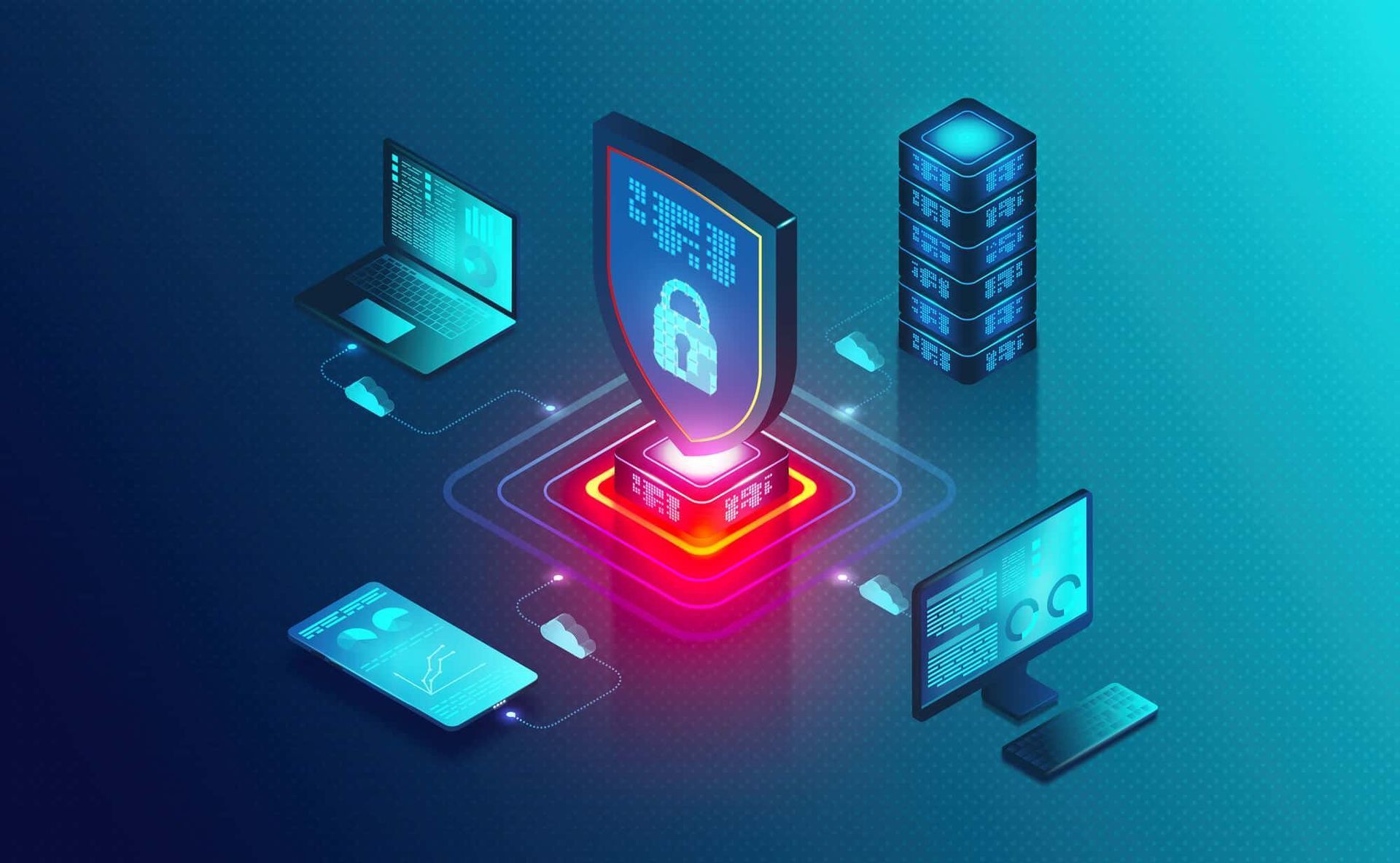Blog Layout
Understanding and Mitigating Dark Web Risks
In the vast landscape of the internet, the dark web remains a mysterious and often misunderstood realm. While most users navigate the surface web effortlessly—where popular websites are indexed by search engines like Google and easily accessible through standard browsers—the deeper layers present a different challenge altogether.
Beyond the surface web lies the deep web, comprising sites not indexed by traditional search engines. These include private databases, password-protected pages, and content behind paywalls. Deeper still within the deep web is the dark web, accessible only through specialized anonymizing tools such as The Onion Router (Tor). Tor routes internet traffic through a series of encrypted nodes, masking users' IP addresses and making their online activities virtually untraceable.
Originally developed by the U.S. Navy for secure communications, the dark web has evolved into a dual-purpose platform. Legitimately, it provides a safe haven for individuals requiring anonymity, such as political dissidents, journalists protecting sources, and whistleblowers sharing sensitive information. Conversely, its anonymity has also attracted illicit activities, including the sale of illegal drugs, weapons, counterfeit currency, stolen identities, and sensitive corporate data.
Understanding Dark Web Threats
Legal and Illegal Activities:
The dark web hosts a diverse array of legal and illegal activities. Legitimate uses include:
- Freedom of Speech: Providing a platform for individuals in repressive regimes to communicate freely and anonymously.
- Journalism: Protecting the identities of journalists and their sources, ensuring the free flow of information.
- Research: Conducting anonymous research and discussions on sensitive topics without fear of censorship or repercussion.
Illegal activities on the dark web include:
- Illegal Trade: Buying and selling of illicit goods such as drugs, weapons, stolen identities, and financial information.
- Cybercrime: Offering services like hacking tools, malware, and stolen data for profit.
- Fraud: Facilitating scams, phishing schemes, and identity theft operations.
Technology Behind the Dark Web:
The dark web operates on the principle of "onion routing," a technique where data is encapsulated in layers of encryption, similar to layers of an onion. This encryption directs traffic through a network of servers, making it challenging to trace users' identities or monitor their activities. As a result, the dark web provides a high degree of anonymity but also poses significant challenges for law enforcement agencies combating cybercrime.
Protecting Against Dark Web Threats
Proactive Measures for Businesses:
To mitigate risks associated with the dark web, businesses should consider implementing the following strategies:
- Employee Education: Educate employees about the risks of the dark web, emphasizing the importance of vigilance against phishing attempts and data breaches.
- Robust Cybersecurity Measures: Deploy comprehensive cybersecurity solutions including firewalls, intrusion detection systems (IDS), endpoint protection, and regular security updates to defend against cyber threats.
- Access Control: Implement strict access controls and use strong authentication methods such as multi-factor authentication (MFA) to limit access to sensitive information and systems.
- Regular Monitoring and Auditing: Continuously monitor network traffic for unusual activity and conduct regular security audits to identify vulnerabilities and ensure compliance with security policies.
- Incident Response Plan: Develop and maintain an incident response plan to quickly mitigate and recover from potential dark web-related security incidents.
- Stay Informed: Stay abreast of emerging threats and cybersecurity best practices through industry publications, conferences, and collaboration with cybersecurity experts.
Conclusion
By understanding the nature of the dark web and taking proactive steps to enhance cybersecurity measures, businesses can effectively mitigate the risks associated with this hidden corner of the internet. Protecting against dark web threats is not only essential for safeguarding sensitive data and maintaining business continuity but also for preserving customer trust and ensuring compliance with data protection regulations. Embracing a proactive approach to cybersecurity is paramount in today's digital landscape, where threats evolve continuously, and preparedness is key to resilience.

November 17, 2024
Learn how a robust firewall protects your business from evolving cyber threats, secures sensitive data, ensures compliance, and supports secure remote work. Explore top solutions like SonicWall, Meraki, FortiGate, and Sophos, and discover how Second Line Technology can tailor firewall security to your unique needs.

November 15, 2024
With Windows 10 reaching its End of Life on October 14, 2025, businesses need to plan for a seamless transition to Windows 11. This post highlights the risks of using unsupported software, the benefits of Windows 11's enhanced security features, and the steps required for a smooth migration. It emphasizes the importance of early planning to avoid disruptions and manage hardware and software compatibility. Learn how Second Line Technology can assist in upgrading to Windows 11, ensuring minimal downtime and keeping your business operations running smoothly.

September 8, 2024
Zero Trust Architecture is essential for defending against advanced cyber threats in today’s dynamic IT environments. By adopting this framework, organizations ensure that every interaction is verified and secure. Partnering with Second Line Technology simplifies this transition, offering expertise in advanced cybersecurity solutions such as multi-factor authentication, network segmentation, and 24/7 threat monitoring. We customize our services to build and maintain a robust Zero Trust framework, protecting your critical assets and minimizing risk.

© 2025 All Rights Reserved | Second Line Technology






